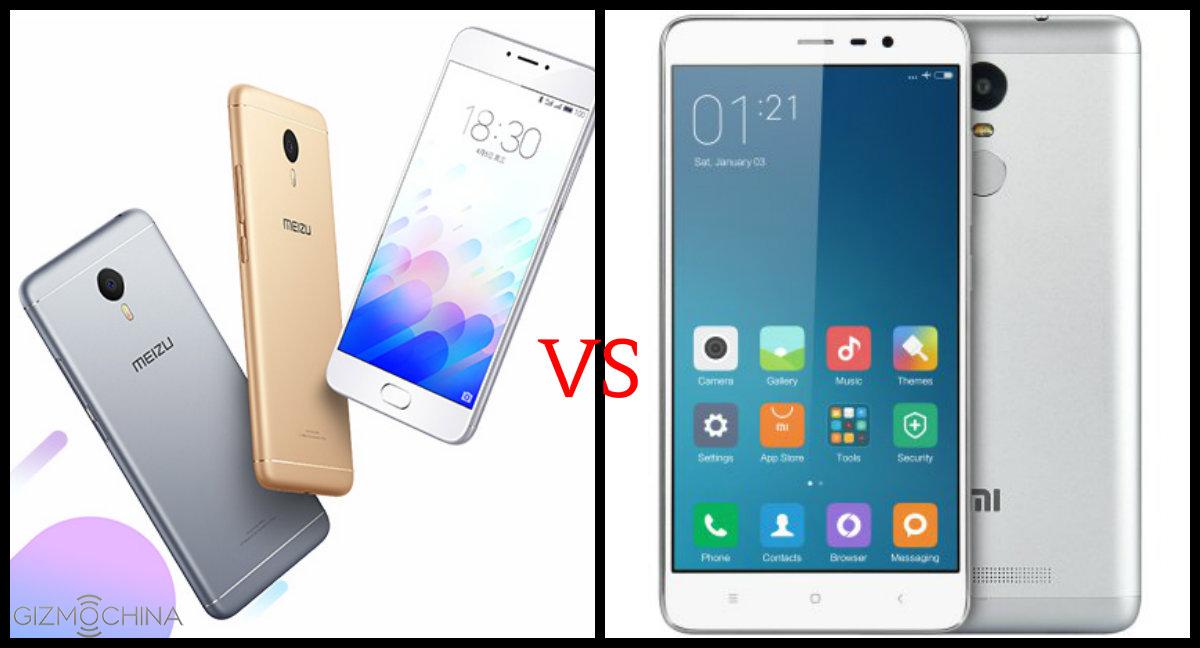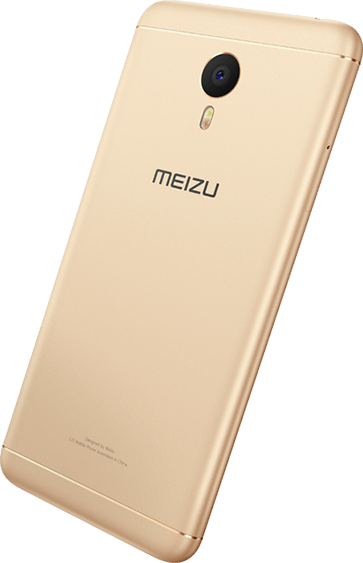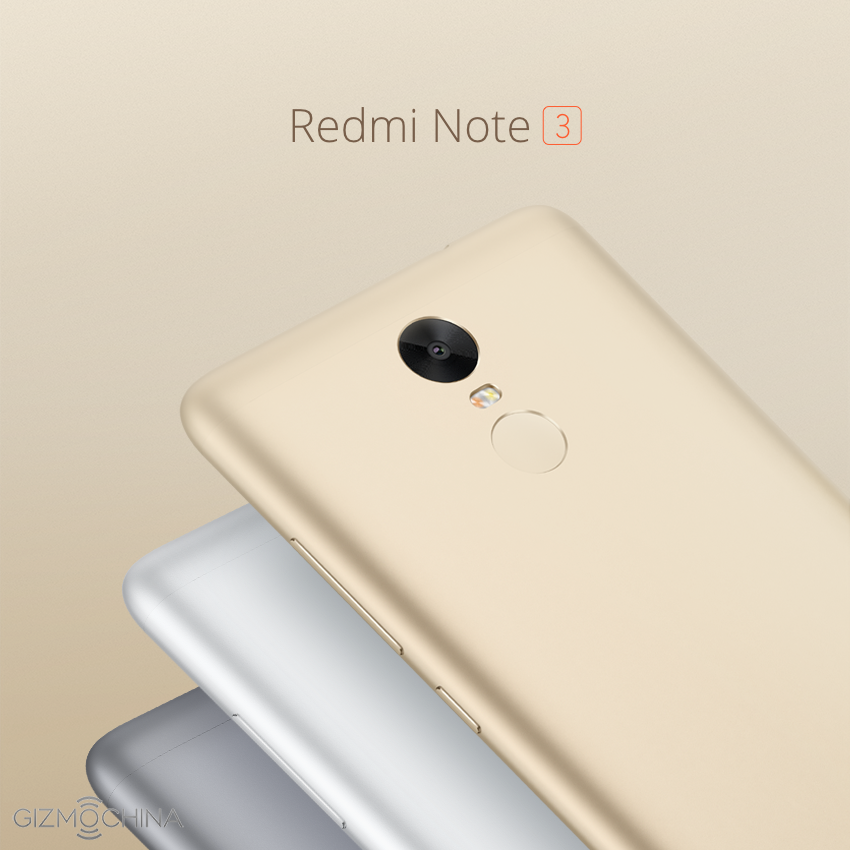Meizu just announced the new Meizu M3 Note mid-ranger a couple of hours back, and it’s easily one of the best value for money handsets out there in the market. Just when we thought things couldn’t get any better in this segment, Meizu came up with this new handset. So, we decided to compare the Meizu M3 Note vs Redmi Note 3 Pro, since they basically fall in the same price segment.

So, without wasting any more time, lets head on to the comparison.
Meizu M3 Note vs Redmi Note 3 Pro: DESIGN

Coming to the new Meizu M3 Note, the phone comes with a metal body. It’s thinner than the Redmi model and features a design similar to the Meizu MX5. That’s actually a good thing!
DIMENSIONS: 153.6 x 75.5 x 8.2mm

Now, we take a look at the Redmi Note 3 Pro which comes with a solid metal body with smooth round corners. The phone looks premium and well built for its price. Clearly, there are no complaints here.
DIMENSIONS: 150 x 76 x 8.65mm
As you can see, the Redmi Note 3 Pro is thinner and shorter than the Meizu M3 Note, but then, the latter is thinner. Also, the fingerprint sensor on the former is located at the back, while the M3 Note comes with a home button embedded fingerprint sensor located just below the display up front.
Meizu M3 Note vs Redmi Note 3 Pro: Hardware
The major difference between the two models is the processor underneath. The Meizu M3 Note comes with the MTK Helio P10 processor clocked at 1.8GHz. This is an octa-core chip with eight Cortex A53 cores. On the other hand, the Redmi Note 3 Pro comes with the Snapdragon 650 chipset which features 2x Cortex A72 cores and 4 x Cortex A53 cores. This should give an advantage to the Redmi model, but we will have to wait and see if there are any significant real life performance differences. For most tasks, the Helio P10 should be sufficient.
If you really want to know the benchmark results of these two chipsets, then the Helio P10 (inside the OPPO R9) scores around 51,000 on AnTuTu (since this is underclocked expect lower results), while the Snapdragon 650 gets around 75,000-79,000 on the same AnTuTu app. So, there’s a significant gap in their performances.
So, this was the biggest difference between the two handsets. Rest of the specs are quite similar. So, the Meizu M3 Note comes in two versions 2GB / 3GB RAM and 16GB / 32GB storage, same as the Redmi model. Also, both have dual SIM card slots with a hybrid slot that uses SIM2 for MicroSD if required. There will be a 5.5-inch display on board with 1080p resolution on both models.
Coming to the cameras, the Meizu M3 Note comes with a 13MP f/2.2 aperture sensor with 5P Lens and PDAF. Similarly, the Redmi Note 3 Pro features a 16MP sensor with f/2.2, 5P lens and PDAF. Up front, both the phones have 5MP f/2.0 cameras. Both have dual LED color temperature flash at the back.
Even in the battery department, both have very similar specs. The M3 Note comes with a slightly larger 4100mAh battery while the Redmi model features a 4000mAh capacity battery. As for the weight, the Meizu model weighs 163 grams while the Redmi model weighs 164 grams. Too similar right?
Unfortunately, both the models are stuck with Android 5.1, despite being 2016 models. The M3 Note comes with Flyme on top while the Redmi Note 3 Pro features MIUI 7.
Other features that are similar on both the handsets include 4G LTE with VoLTE, fingerprint sensor, Wi-Fi, and Bluetooth.
Meizu M3 Note vs Redmi Note 3 Pro: Pricing
Pricing is where these both differ again. The base variant of the Meizu M3 Note i.e. with 2GB RAM + 32GB ROM retails at an amazing $125, while in case of the Redmi Note 3 Pro, it starts at $154 for the base variant. The top end variant of the M3 Note (3GB RAM + 32GB ROM) is priced at 999 Yuan ($154) in China, while the high-end Redmi model retails at 1199 Yuan ($185).
Conclusion:
With Snapdragon 650 under the hood, the Redmi Note 3 Pro is definitely more powerful among the two. But if you can live with the mid-range P10, the Meizu M3 Note comes out as a cheaper and attractive option. It’s thinner, features a larger battery as well as comes with a cheaper price tag. But if don’t want to sacrifice on the processor and are ready to shell out a few more bucks, then the Redmi Note 3 Pro is probably the better option.
So, which one will you choose?







